South China Tiger
- February 8, 2024
- 0 comment
The South China tiger, scientifically known as Panthera tigris amoyensis, is a majestic big cat that once prowled the dense forests of southern China. Renowned for its regal stature and striking appearance, this tiger subspecies holds significant cultural and historical importance in Chinese folklore and traditions. It is characterized by its slightly smaller size compared to other tiger subspecies, with males typically weighing around 330 pounds and females around 240 pounds. The South China tiger’s coat features narrow black stripes spaced farther apart than those of other tiger subspecies, lending it a distinctive and elegant appearance.

Once widespread across its native range, the South China tiger’s population has plummeted dramatically due to rampant hunting, habitat loss, and fragmentation. Today, it stands on the brink of extinction, with only a handful believed to survive in the wild. Efforts to conserve this critically endangered species include captive breeding programs, habitat restoration initiatives, and anti-poaching measures. Despite these efforts, the future of the South China tiger remains uncertain, underscoring the urgent need for continued conservation action to ensure the survival of this iconic big cat for future generations to admire and cherish.
| Specification | Description |
|---|---|
| Scientific Name | Panthera tigris amoyensis |
| Common Name | South China tiger |
| Average Weight | Males: Around 330 pounds |
| Females: Around 240 pounds | |
| Average Length | Up to 9 feet (males) |
| Up to 8 feet (females) | |
| Coat Color | Orange with narrow black stripes spaced farther apart than other tiger subspecies |
| Habitat | Dense forests and grasslands of southern China |
| Diet | Primarily deer, wild boar, and smaller mammals |
| Reproduction | Gestation period of about 100 days; typically gives birth to 2-4 cubs |
| Conservation Status | Critically endangered; population severely declined due to habitat loss and poaching |
| Conservation Efforts | Captive breeding programs, habitat restoration, anti-poaching measures |
| Estimated Population | Fewer than 20 individuals believed to survive in the wild |
| Cultural Significance | Revered in Chinese culture and history as the king of all beasts; featured in folklore and art |
| IUCN Red List Status | Critically endangered |
A Majestic Species on the Brink of Extinction

The South China Tiger, also known as the Amoy or Xiamen tiger, once roamed the forests of southern China in great numbers, but today it teeters on the edge of extinction. In this article, we’ll delve into the history, characteristics, threats, conservation efforts, and the future outlook for this magnificent creature.
The South China Tiger holds a significant place in Chinese culture and history, revered as the king of all beasts. However, rampant hunting and habitat destruction have decimated its population, pushing it to the brink of extinction. Despite being one of the smaller tiger subspecies, it boasts a unique set of characteristics that make it stand out.
Historical Range and Habitat

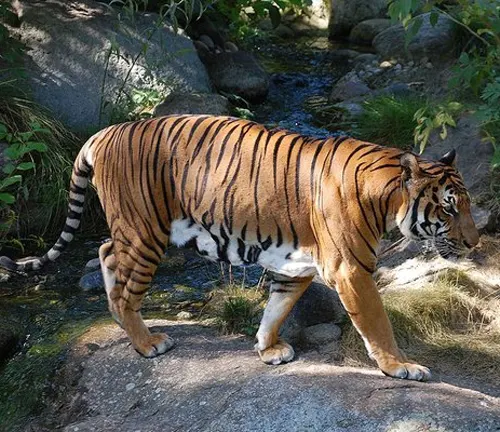
The South China tiger, historically, roamed the lush forests and dense grasslands of southern China. Its habitat once spanned across provinces such as Fujian, Hunan, Jiangxi, and Guangdong. These regions provided the tiger with ample cover for hunting and territory establishment. The landscape consisted of rugged mountains, river valleys, and dense vegetation, offering the perfect environment for this apex predator to thrive. However, over the years, human encroachment, deforestation, and agricultural expansion have severely impacted the tiger’s habitat. Rapid urbanization and infrastructure development have led to habitat fragmentation, isolating tiger populations and limiting their ability to roam and find suitable prey. Today, only fragmented patches of forest remain, unable to sustain viable tiger populations. As a result, the South China tiger’s historical range has diminished significantly, with its once vast habitat reduced to small, isolated pockets of wilderness amidst a landscape dominated by human activity.
Physical Characteristics of the South China Tiger
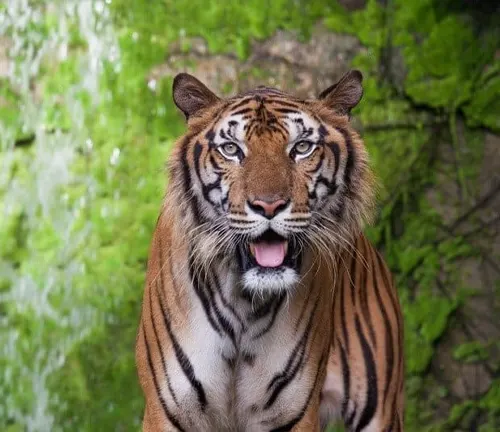
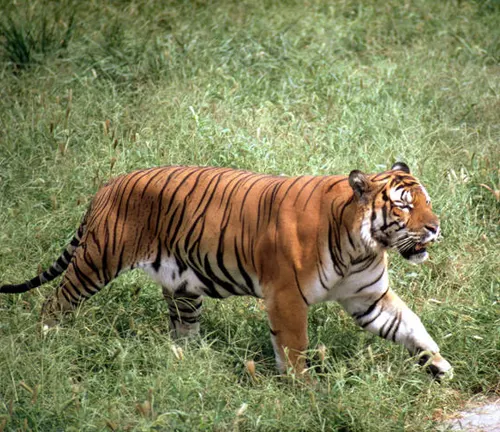
The South China tiger possesses several distinctive physical characteristics that set it apart from other tiger subspecies. While slightly smaller in size compared to its counterparts, it still commands an impressive stature. On average, males of this subspecies weigh around 330 pounds, while females typically weigh approximately 240 pounds. Their bodies can reach lengths of up to 9 feet for males and 8 feet for females, including their tails.
One of the most striking features of the South China tiger is its coat, which is adorned with narrow black stripes spaced farther apart than those of other tiger subspecies. This unique striping pattern gives the tiger a particularly elegant appearance. Additionally, their coats are typically a vibrant shade of orange, blending in seamlessly with the forested environments they inhabit.
Behavior and Diet
The behavior and diet of the South China tiger are integral components of its survival in its natural habitat. As a solitary predator, this tiger subspecies exhibits stealthy hunting behavior, relying on ambush tactics to catch its prey. It typically hunts at dusk or dawn when visibility is low, using its keen senses of sight, smell, and hearing to track down potential targets.
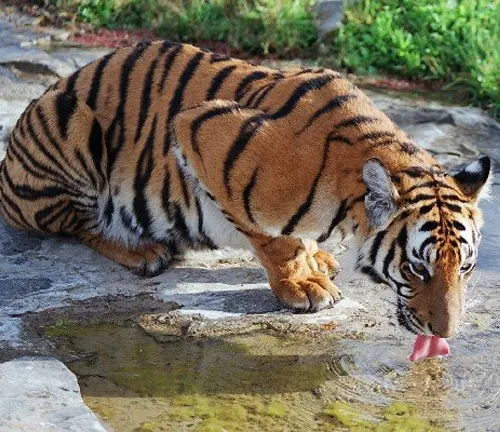
The diet of the South China tiger primarily consists of a variety of prey species found in its habitat. This includes deer, wild boar, and smaller mammals such as rabbits and rodents. Despite its smaller size compared to other tiger subspecies, the South China tiger is a formidable hunter capable of taking down prey much larger than itself. It often stalks its prey silently through the dense underbrush before launching a swift and powerful attack to secure its meal.

Threats to the South China Tiger
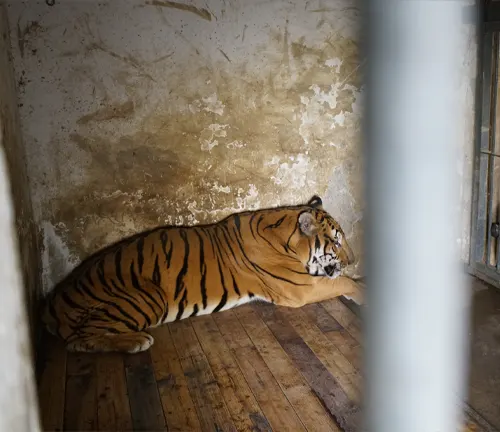
Habitat loss and fragmentation result from rapid urbanization, agricultural expansion, and infrastructure development, which encroach upon the tiger’s natural habitat. As forests are cleared for human settlement, agriculture, and industrial projects, the tiger’s available territory diminishes, forcing it into smaller and more isolated pockets of wilderness. Habitat fragmentation further exacerbates this issue by isolating tiger populations, limiting their ability to roam, breed, and find adequate prey.
Poaching poses another significant threat to the South China tiger. Despite stringent laws and conservation efforts, illegal hunting for the tiger’s body parts persists due to demand in traditional Chinese medicine and the exotic pet trade. The tiger’s bones, skin, and other body parts are highly prized for their purported medicinal properties and status symbols, driving a lucrative black market trade that threatens the survival of this endangered species.

Conservation Efforts
Efforts to conserve the South China tiger have been ongoing for several decades, involving both governmental and non-governmental organizations. These conservation initiatives aim to address the myriad of threats facing the tiger and work towards securing its future in the wild.
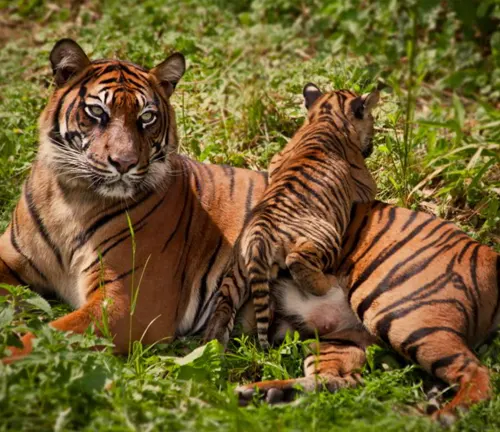
One key aspect of conservation efforts is the establishment of captive breeding programs. These programs involve breeding South China tigers in captivity to reintroduce offspring into their natural habitat once conditions are favorable. By maintaining genetically diverse captive populations, conservationists hope to bolster dwindling wild populations and prevent the extinction of the species.
Habitat restoration plays a crucial role in conservation efforts as well. Conservation organizations work to restore and protect the tiger’s natural habitat by replanting native vegetation, establishing wildlife corridors, and implementing sustainable land management practices. These efforts aim to provide the South China tiger with suitable habitats for hunting, breeding, and raising their young.
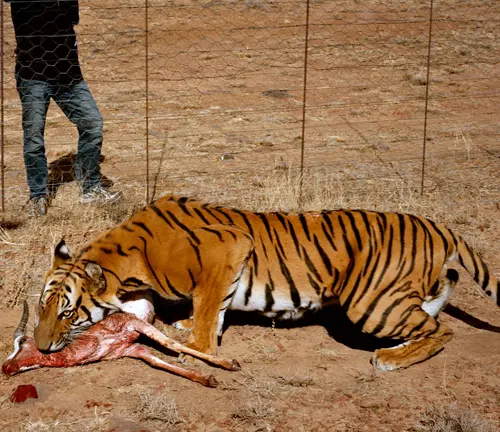
Anti-poaching measures are also integral to conservation efforts. Governments and conservation organizations collaborate to strengthen law enforcement and crack down on illegal hunting and trade of tiger parts. This involves increasing patrols in tiger habitats, conducting sting operations to catch poachers and traffickers, and raising awareness about the importance of protecting this endangered species.
Hope for the Future
While the South China Tiger’s situation remains dire, there are glimmers of hope on the horizon. Success stories from captive breeding programs and increased awareness about the plight of this species offer hope for its recovery. However, concerted efforts are needed to turn the tide and secure a future for this iconic tiger.
Different Species
The South China tiger, Panthera tigris amoyensis, is itself a distinct subspecies of tiger, characterized by its unique physical features and historical range.
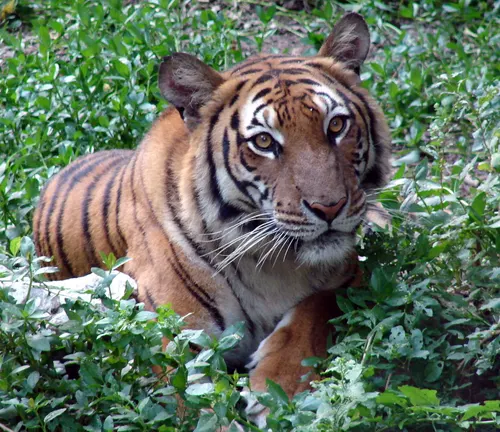
Frequently Asked Question (FAQs)
- What is the current population of South China tigers in the wild?
The current population of South China tigers in the wild is estimated to be fewer than 20 individuals. - How did the South China tiger become critically endangered?
The South China tiger became critically endangered primarily due to habitat loss, fragmentation, and poaching. Human activities such as deforestation, urbanization, and agricultural expansion have drastically reduced its habitat, while illegal hunting for its body parts has further decimated its population. - Are there any South China tigers living in captivity?
Yes, there are South China tigers living in captivity in various zoos and breeding centers around the world. These captive populations play a crucial role in conservation efforts aimed at saving the species from extinction. - What are the main threats to the survival of the South China tiger?
The main threats to the survival of the South China tiger include habitat loss, fragmentation, poaching, and human-wildlife conflict. - How does habitat loss affect South China tiger populations?
Habitat loss reduces the available habitat and resources for South China tigers, leading to habitat fragmentation and isolation of populations. This fragmentation restricts their ability to move, find mates, and establish territories, ultimately threatening their survival. - What conservation efforts are in place to protect the South China tiger?
Conservation efforts to protect the South China tiger include captive breeding programs, habitat restoration, anti-poaching measures, community engagement, and education initiatives. - Can South China tigers be successfully reintroduced into the wild?
While reintroduction efforts face challenges, successful reintroduction of South China tigers into the wild is possible with proper planning, habitat restoration, and anti-poaching measures. - How do South China tigers differ from other tiger subspecies?
South China tigers differ from other tiger subspecies in their physical characteristics, such as coat color and stripe pattern, as well as their historical range and habitat preferences. - Are there any South China tiger reserves or protected areas?
Efforts to establish South China tiger reserves or protected areas have been limited due to the small and fragmented nature of their remaining habitat. However, some conservation organizations are working to protect key habitats and establish protected areas for the species. - What role do local communities play in South China tiger conservation?
Local communities play a crucial role in South China tiger conservation by supporting conservation efforts, participating in community-based conservation initiatives, and reducing human-wildlife conflicts. - How long do South China tigers typically live in the wild?
In the wild, South China tigers typically have a lifespan of about 10 to 15 years, although this can vary depending on factors such as habitat quality, availability of prey, and human disturbances. - What are the differences between South China tigers and Siberian tigers?
South China tigers and Siberian tigers differ in their size, coat color, and habitat preferences. South China tigers are generally smaller in size and have a lighter coat color compared to the larger and darker-coated Siberian tigers. - How do researchers track and monitor South China tiger populations?
Researchers track and monitor South China tiger populations using various methods, including camera traps, DNA analysis, radio collaring, and satellite tracking. - Are there any successful breeding programs for South China tigers?
Yes, there have been successful breeding programs for South China tigers in captivity, with some individuals successfully bred and raised in zoos and breeding centers around the world. - What is the significance of the South China tiger in Chinese culture and history?
The South China tiger holds significant cultural and historical importance in Chinese culture, where it is revered as a symbol of strength, power, and prosperity. It has been depicted in traditional art, literature, and folklore for centuries, reflecting its revered status in Chinese society.






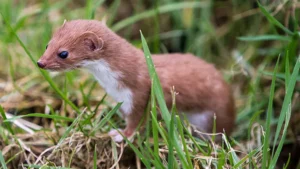
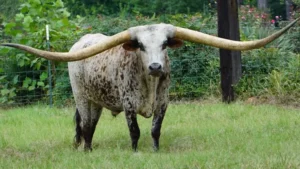

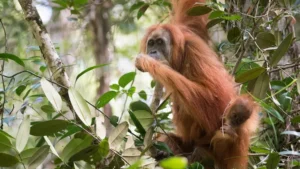

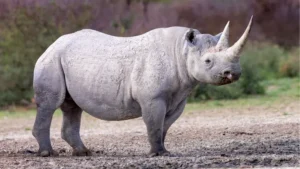
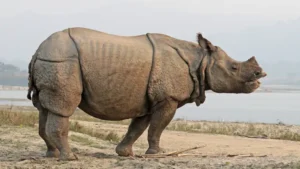

Leave your comment